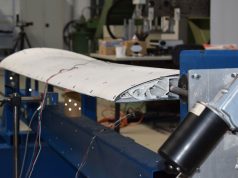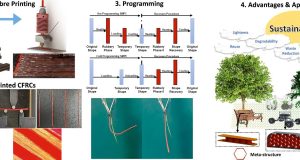Chinese researchers have developed a prototype of planar and flexible 3D printed sodium-ion micro batteries (NIMBs) with ultra-high areal capacity and boosted rate capability, according to a research article recently published in the journal Advanced Materials.
Planar NIMBs are a promising new micro-power source because of their rich sodium resources, low cost, and fast sodium ion transmission. But they are hindered by low areal capacity owing to the thin microelectrodes.
The researchers from the Dalian Institute of Chemical Physics of the Chinese Academy of Sciences developed 3D printable inks with appropriate viscosities and high conductivity. The material allows the multilayer printing of NIMB microelectrodes to reach a very high thickness of about 1,200 micrometers while maintaining effective ion and electron-transfer pathways.
The 3D-printed NIMBs deliver a superior areal capacity of 4.5mAh per square centimeter at a low current density of 2mA per square centimeter, outperforming the state-of-the-art printed micro batteries, said the research article.
The new NIMBs show enhanced rate capability with 3.6mAh per square centimeter at a high current density of 40mA per square centimeter and robust long-term cycle life up to 6,000 cycles.
Furthermore, the planar NIMB microelectrodes exhibit decent mechanical flexibility under various bending conditions.
Find out more about the Dalian Institute of Chemical Physics at dicp.cas.cn.
Subscribe to our Newsletter
3DPResso is a weekly newsletter that links to the most exciting global stories from the 3D printing and additive manufacturing industry.



























